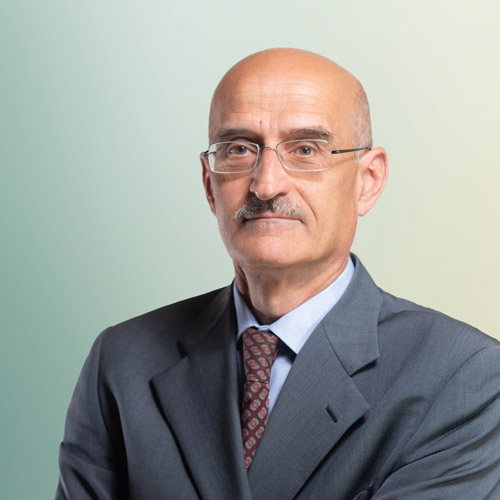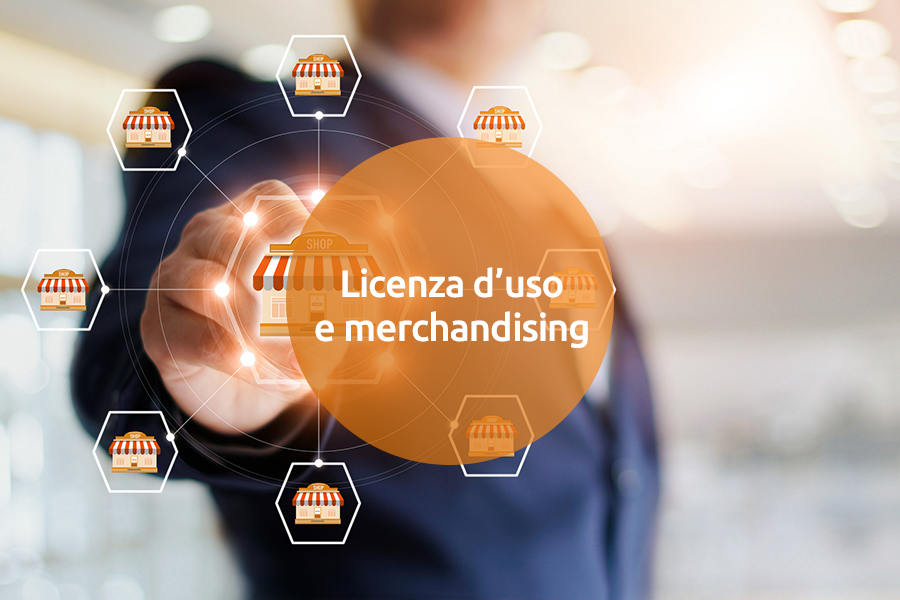On January 15 2015 the European Court of Justice (ECJ) issued an important decision in Forsgren v Austrian Patent Office (C-631/13), which clarified whether certain active ingredients in medicinal products are eligible for supplementary protection certificate (SPC) protection.
The ECJ ruled that the relevant EU legislation contains no prohibition against obtaining an SPC for an active ingredient which is covered by a basic patent and which is covalently bound to another active ingredient in a medicinal product.
In general, an SPC can be used to extend the term of a basic patent beyond its ordinary expiration date in order to compensate the patentee for the time it takes to obtain regulatory approval for a medicinal product. Since commercialisation of a medicinal product is not possible until a marketing authorisation has been obtained, an SPC is a valuable tool available to pharmaceutical companies in order to maintain market exclusivity for up to five years beyond the expiration date of the patent.
Facts
European Patent EP0594610B1 includes claims directed to protein D – an IgD-binding protein of a particular strain of influenza. Protein D is included in a pneumococcal vaccine for paediatric use called Synflorix, which was granted marketing authorisation in March 2009. Synoflorix’s label states that it is used for active immunisation against invasive disease and acute otitis media caused by streptococcus pneumoniae in infants and children aged from six weeks to five years.
The wording of the original marketing authorisation described Synflorix as a decavalent vaccine, meaning that it was composed of 10 pneumococcal polysaccharide serotypes. These serotypes were covalently bound to carrier proteins and adsorbed on to aluminium phosphate. Protein D was used as the carrier protein in eight of the 10 serotypes (ECJ decision, paragraph 9).
In September 2009 Arne Forsgren, the proprietor of the European patent, applied to the Austrian Patent Office for an SPC for protein D “as such” and not, as described in the marketing authorisation, an active ingredient that was covalently bound to other active ingredients. The application was refused on the grounds that protein D was a mere carrier bound to the active ingredient which simply played the role of an excipient of Synflorix, thus making it ineligible for SPC protection (ECJ decision, paragraph 10).
The Board of Appeal of the Austrian Patent Office upheld the decision. The board conceded that Protein D had a therapeutic effect, but hed that the therapeutic effect was not present as such in Synflorix, since Protein D was simply bound to the active compound and was used as a carrier which permitted the administration of the active ingredient. Accordingly, the board held that protein D could not be considered a “medicinal product” within the meaning of the EU SPC Regulation (469/2009) (ECJ decision, paragraph 11).
Forsgren appealed the board’s decision and the referring court submitted three questions to the ECJ.
SPC Regulation
With regard to the legislation at issue, the key provisions applicable to SPCs are set out in Articles 1 and 3 of the SPC Regulation:
Article 3 sets forth the requirements for obtaining an SPC, stating that:
"A certificate shall be granted if, in the Member State in which the application is submitted and at the date of that application:
(a) the product is protected by a basic patent in force;
(b) a valid authorization to place the product on the market ('a marketing authorization') as a medicinal product has been granted in accordance with the relevant directives;
(c) the product has not already been the subject of a certificate; and
(d) the authorization referred to in point (b) is the first authorization to place the product on the market as a medicinal product."
Article 1 defines certain terms appearing in Article 3:
-
“medicinal product” means any substance or combination of substances presented for treating or preventing disease in human beings or animals and any substance or combination of substances which may be administered to human beings or animals with a view to making a medical diagnosis or to restoring, correcting or modifying physiological functions in humans or in animals;
-
“product” means the active ingredient or combination of active ingredients of a medicinal product;
-
“basic patent” means a patent which protects a product as such, a process to obtain a product or an application of a product, and which is designated by its holder for the purpose of the procedure for grant of a certificate; and
-
“certificate” means the SPC.
ECJ decision
The ECJ decision addressed the three questions by analysing them in light of the legislation governing SPCs in Europe and related jurisprudence.
The first question referred to the ECJ concerned the application of Articles 1(b), 3(a) and 3(b). It asked whether, provided that the other conditions are met, a certificate may be granted for an active ingredient protected by a basic patent (in this case, Protein D) where that active ingredient is contained in the medicinal product (in this case, Synflorix) as part of a covalent (molecular) bond with other active ingredients, but nonetheless retains an effect of its own (ECJ decision, paragraph 20).
The ECJ replied affirmatively as follows:
"Articles 1(b) and 3(a) concerning the supplementary protection certificate for medicinal products must be interpreted as not precluding, in principle, the possibility that an active ingredient can give rise to the grant of a supplementary protection certificate where the active ingredient is covalently bound to other active ingredients which are part of a medicinal product."
Having replied to the first question in the affirmative, the ECJ proceeded to consider two additional questions posed by the referring court:
-
Under Articles 3(a) and (b), can an SPC be granted for the substance protected by the basic patent (in this case, Protein D) where that substance has a therapeutic effect of its own, but the marketing authorisation for the medicinal product does not relate to that effect?
-
Under Articles 3(a) and (b), can an SPC be granted for the substance protected by the basic patent (in this case, Protein D) where the authorisation describes that substance as a "carrier" for the actual active ingredients (in this case, pneumococcal polysaccharides) and where the carrier, as an adjuvant, enhances the effect of the active ingredient(s), but where that effect is not expressly mentioned in the authorisation of the medicinal product?
The ECJ answered these questions as follows:
"Article 3(b) must be interpreted as precluding the grant of a supplementary protection certificate for an active ingredient whose effect does not fall within the therapeutic indications covered by the wording of the marketing authorization...
Article 1(b) must be interpreted as meaning that a carrier protein conjugated to a polysaccharide antigen by means of covalent binding may be categorized as an ‘active ingredient’ within the meaning of that provision only if it is established that it produces a pharmacological, immunological or metabolic action of its own which is covered by the therapeutic indications of the marketing authorization, a matter which it is for the referring court to determine, in the light of all the facts of the dispute in the main proceedings." (ECJ decision, paragraphs 39 and 54.)
Comment
The ECJ's response to the questions clarifies several issues regarding the current status of EU SPC law and the correct interpretation of the SPC Regulation:
-
As a threshold issue, there is no requirement of absolute identity between an active ingredient protected by an SPC and the medicinal product as described in a marketing authorisation on which the SPC is based.
-
If all other conditions are met, an SPC is clearly appropriate for an active compound bound to an active or inactive carrier, provided that the therapeutic effect of the active compound falls within the wording of the marketing authorisation.
-
If all other conditions are met, an SPC is permitted where it relates to a portion of a molecule that is considered a carrier for another active ingredient, provided that the carrier has its own therapeutic effect and its therapeutic effect falls within the wording of the marketing authorisation.




